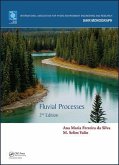
Gebundenes Buch
2nd Edition
8. August 2017
Taylor & Francis Ltd
| eBook, ePUB | 50,95 € | |
| eBook, PDF | 50,95 € |
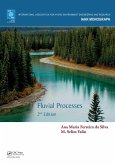
3,49 €
inkl. MwSt. und vom Verlag festgesetzt.
Sofort per Download lieferbar
Ähnliche Artikel
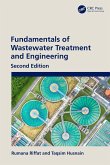
Gebundenes Buch
2 ed
28. April 2022
Taylor & Francis Ltd
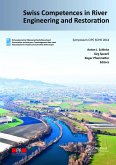
Gebundenes Buch
12. August 2014
Taylor & Francis Ltd
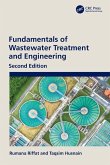
Broschiertes Buch
2 ed
27. Mai 2024
Taylor & Francis Ltd
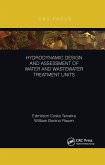
24,99 €
Versandfertig in 6-10 Tagen
Broschiertes Buch
30. September 2021
CRC Press / Taylor & Francis
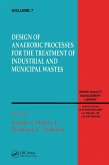
Broschiertes Buch
2. Dezember 2019
Taylor & Francis Ltd
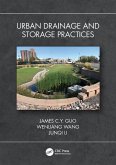
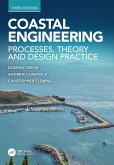
Broschiertes Buch
Processes, Theory and Design Practice
3 ed
9. April 2018
Taylor & Francis Ltd
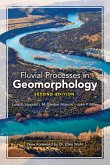
Broschiertes Buch
30. Oktober 2020
Dover Publications Inc.
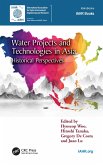
Gebundenes Buch
Historical Perspectives
28. April 2023
Taylor & Francis Ltd

Broschiertes Buch
Sustainable Groundwater Remediation
30. September 2020
Taylor & Francis Ltd
Ähnlichkeitssuche: Fact®Finder von OMIKRON
